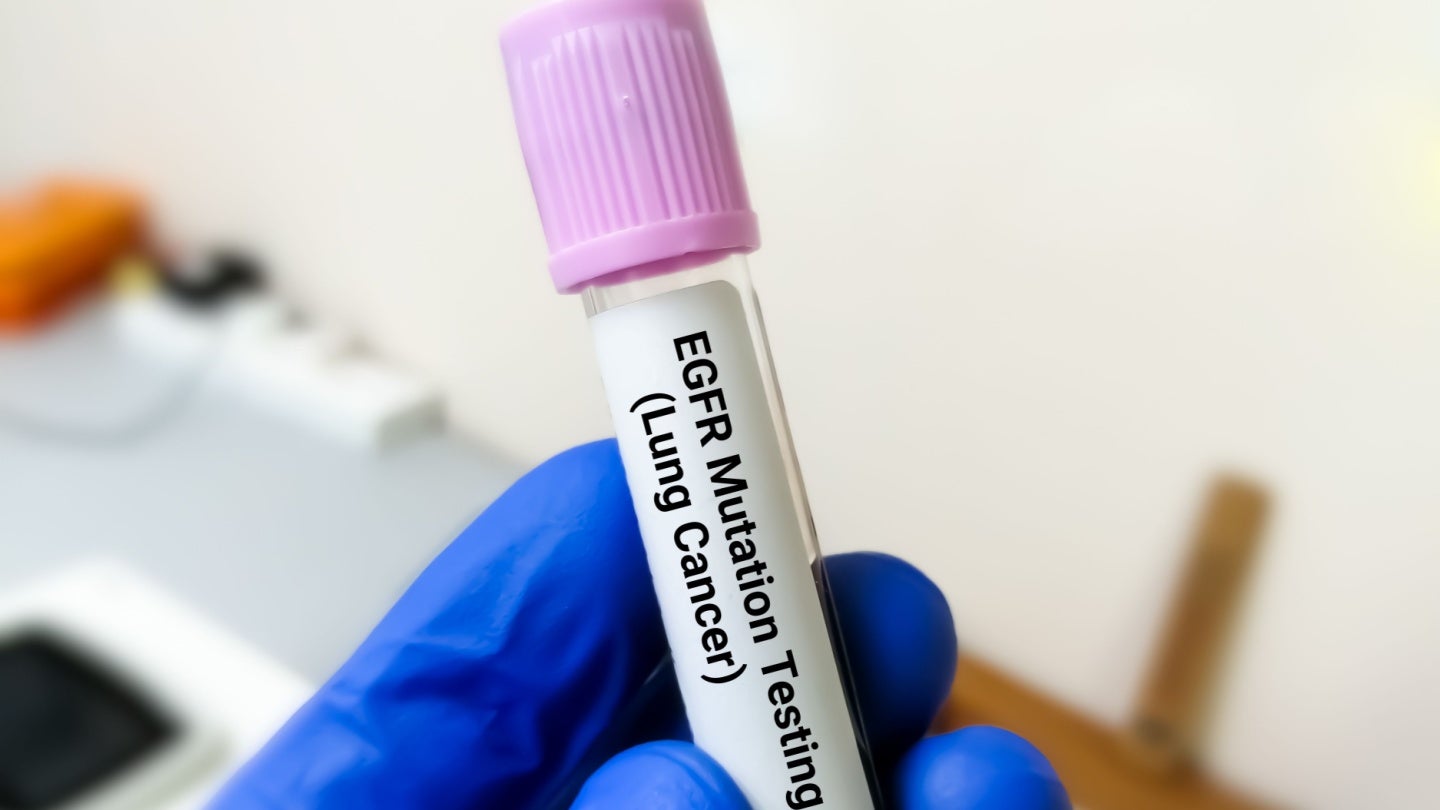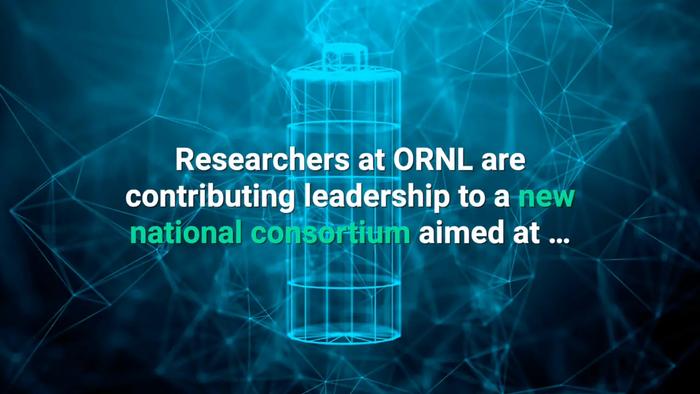Revolutionary AI-Enhanced Lung Ultrasound Significantly Improves Tuberculosis Diagnosis
A groundbreaking study has emerged from the ESCMID Global 2025 conference held in Vienna, Austria, revealing the impressive capabilities of an AI-powered lung ultrasound system in diagnosing pulmonary tuberculosis (TB). The research highlights that this advanced technology demonstrates a quantifiable superiority over traditional human experts in TB diagnosis, achieving a remarkable 9% improvement in accuracy. […]


A groundbreaking study has emerged from the ESCMID Global 2025 conference held in Vienna, Austria, revealing the impressive capabilities of an AI-powered lung ultrasound system in diagnosing pulmonary tuberculosis (TB). The research highlights that this advanced technology demonstrates a quantifiable superiority over traditional human experts in TB diagnosis, achieving a remarkable 9% improvement in accuracy. This development is particularly significant as TB remains a persistent global health issue that has seen a resurgence despite previous declines in incidence rates.
The ULTR-AI suite, as the new diagnostic tool is known, utilizes advanced deep learning algorithms to analyze images captured by portable, smartphone-connected ultrasound devices. This innovative approach presents a sputum-free alternative to traditional TB detection methods, making it a rapid and scalable solution to an age-old healthcare challenge. The findings reported from the study have surpassed the established benchmarks set by the World Health Organization (WHO), indicating a new horizon for accessible and efficient TB triage, especially in resource-limited settings.
Alarmingly, data shows that TB rates increased by 4.6% globally between 2020 and 2023, emphasizing the ongoing need for effective diagnostic measures. Numerous high-burden countries are struggling to meet this need, often due to the prohibitive costs associated with chest x-ray equipment and the limited availability of trained radiologists. This dilemma has also contributed to significant patient dropout rates during the diagnostic phase, underscoring the critical need for more accessible and affordable diagnostic tools.
Dr. Véronique Suttels, the lead author of the study, articulated the pressing necessity for tools like the ULTR-AI suite in combating TB. Her sentiments reflect the hardships faced by healthcare workers in rural areas, where traditional diagnostic methods may not be feasible. The ULTR-AI suite’s potential to interpret lung ultrasound in real time could revolutionize TB triage, allowing minimally trained personnel to utilize the technology effectively. This would diminish reliance on heavily specialized medical professionals while standardizing the diagnostic process, ultimately expediting patient identification and treatment.
The ULTR-AI suite comprises a trio of deep-learning models, each serving distinct purposes in the diagnosis of TB. The primary model, ULTR-AI, predicts the presence of TB directly from lung ultrasound images. Alongside this, ULTR-AI (signs) identifies specific ultrasound patterns discerned by human specialists, while ULTR-AI (max) combines the highest scoring assessments from both models to bolster overall diagnostic accuracy. This multi-faceted approach ensures that even the most subtle signs of pulmonary TB are detected, which are often overlooked by the human eye.
The study was executed in a tertiary urban healthcare center situated in Benin, West Africa, involving 504 patients after exclusions were made. Of this group, 192 patients—equating to 38%—were confirmed to have pulmonary TB. Notably, 15% of the participants were HIV-positive, and 13% had a previous history of TB, which speaks to the complex factors at play in TB diagnostics and treatment. The researchers employed a standardized 14-point lung ultrasound sliding scan protocol, with human experts providing their interpretations based on established lung ultrasound findings.
The efficacy of the ULTR-AI (max) model was underscored in the study’s results, demonstrating a sensitivity of 93% and a specificity of 81%, alongside an impressive area under the receiver operating characteristic curve (AUROC) of 0.93. These figures exceed the WHO’s target thresholds for sensitivity and specificity of 90% and 70%, respectively, for non-sputum based TB triage tests. This reinforces the ULTR-AI’s role as a significant player in the future landscape of TB diagnostics.
Dr. Suttels elaborated on the unique advantages of their AI models by highlighting the immediate turnaround time for results once the models are integrated into a user-friendly application. This feature transforms lung ultrasound into a practical point-of-care diagnostic tool, capable of yielding results while patients are still onsite with healthcare professionals. The implications of such rapid diagnosis extend beyond immediate patient care; the speed of results can improve coordination and connection to further treatment, effectively reducing the risk of patients falling through the cracks in follow-up care.
Further emphasizing the importance of this study, Dr. Suttels noted how their AI technology detects familiar lung ultrasound patterns, such as large consolidations and interstitial changes, but it goes beyond that by capturing intricate features previously imperceptible to human interpretation. There is hope that the deployment of this technology may lead to earlier detection of TB-related pathological signs, such as small pleural lesions that are often indicative of the disease.
With ongoing efforts worldwide to curtail TB’s impact, the advent of the ULTR-AI suite could be a transformative game-changer. By providing healthcare workers in remote and underserved regions with the ability to perform effective TB diagnostics, the suite aids the fight against this global health crisis. It represents more than just a technological advancement; it is a step toward equitable healthcare access for those most in need.
In summary, the study presented at ESCMID Global 2025 illuminates the promising role of AI in revolutionizing tuberculosis diagnostics. As the medical community grapples with the challenges posed by TB resurgence, tools like the ULTR-AI suite could play an integral role in enhancing early detection, standardizing care, and ultimately saving lives. The journey towards eliminating TB as a major health threat continues, and innovative solutions such as the one brought forth by Dr. Suttels and her team may be the catalyst for broader changes in global healthcare strategies.
With advancements like these, we stand at the cusp of a new era in disease diagnostics. As researchers and healthcare professionals mobilize against TB, it is innovations like the ULTR-AI suite that inspire hope and foster a future where effective diagnostic tools are universally accessible—bringing us closer to the goal of eradicating this infectious disease once and for all.
Subject of Research: AI-powered lung ultrasound for tuberculosis diagnosis
Article Title: AI-Powered Ultrasound Outperforms Experts in TB Diagnosis
News Publication Date: 14 April 2025
Web References: www.escmid.org
References: Suttels, V., Brokowski, T., Wolleb, J., et al. (2025). Lung ultrasound for the detection of pulmonary tuberculosis using expert and AI-guided interpretation. Oral presentation. ESCMID Global 2025.
Image Credits: Not specified
Keywords: Tuberculosis, Ultrasound, AI, Deep Learning, Public Health, Diagnostic Tools, Pulmonary Health, Remote Healthcare
Tags: AI-powered lung ultrasounddeep learning in healthcareESCMID Global 2025 conference findingsglobal health challenges tuberculosisimproving TB diagnosis accuracyinnovative tuberculosis triage solutionsportable ultrasound devicesresource-limited healthcare settingsrising tuberculosis incidence ratessputum-free TB detectiontuberculosis diagnosis technologyULTR-AI diagnostic tool
What's Your Reaction?


































